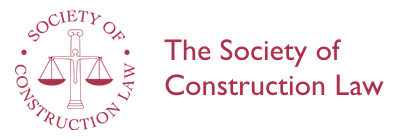Concurrent Delay Revisited
John Marrin QC
February 2013
A paper presented to the Society of Construction Law at a meeting in London on 4th December 2012
This is an updated version of John Marrin QC's authoritative paper published in February 2002 (paper number 100). The paper suggests that any consideration of the treatment of concurrent causes of delay in construction contracts must take into account three factors: the parties' likely concern to avoid the incidence of the prevention principle; the possible application of the but-for test of causation; and the fact that no approach will be acceptable unless it avoids the problem of inconsistent monetary cross-claims. Whilst emphasising that the wording of the contract in question is critical, the paper concludes, in the light of these three considerations, that the so-called Malmaison approach to claims for extension of time will ordinarily be preferred; but that financial claims brought under conventional contractual provisions will ordinarily be dismissed.
Introduction - The meaning of concurrent delay - Example - Preliminary considerations (The prevention principle - The obverse problem - But-for causation) - Apportionment - The dominant cause approach - The Malmaison approach - Prolongation costs - Conclusion.
The author: John Marrin QC is a barrister practising at Keating Chambers in London.
Text 19 pages.
